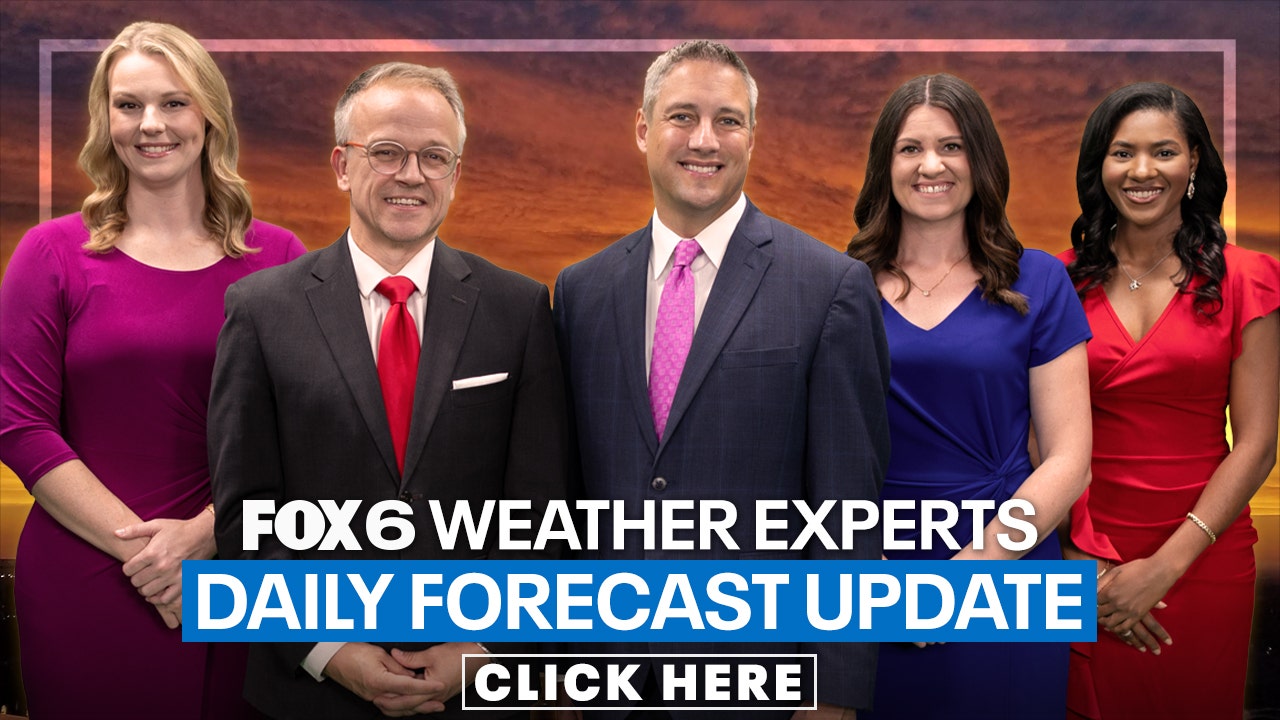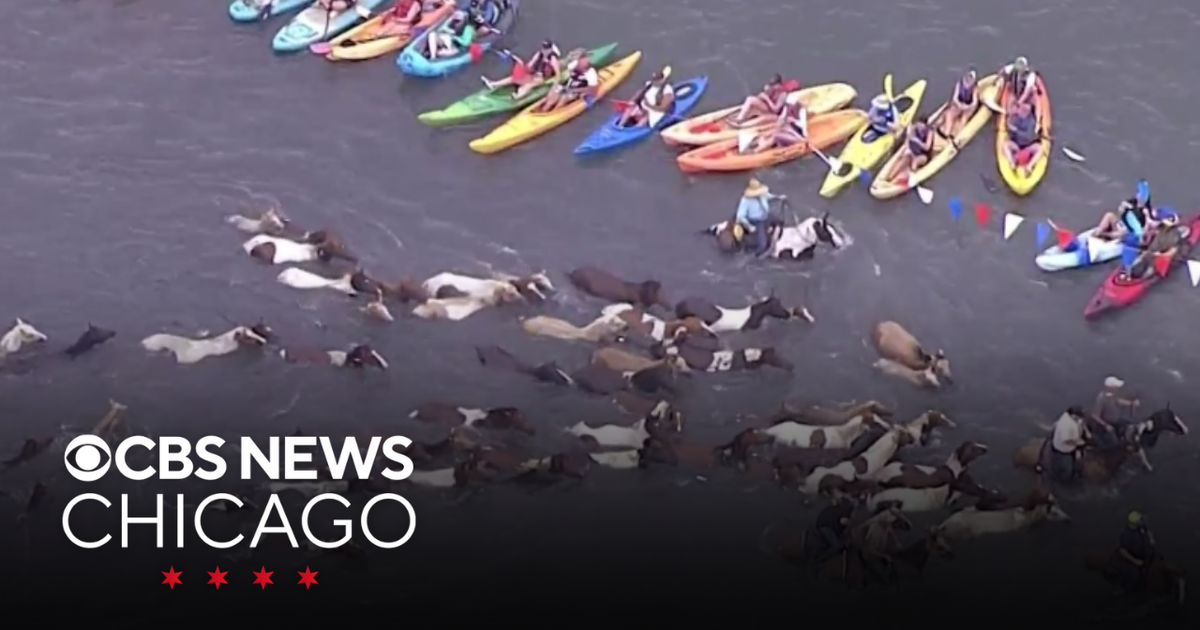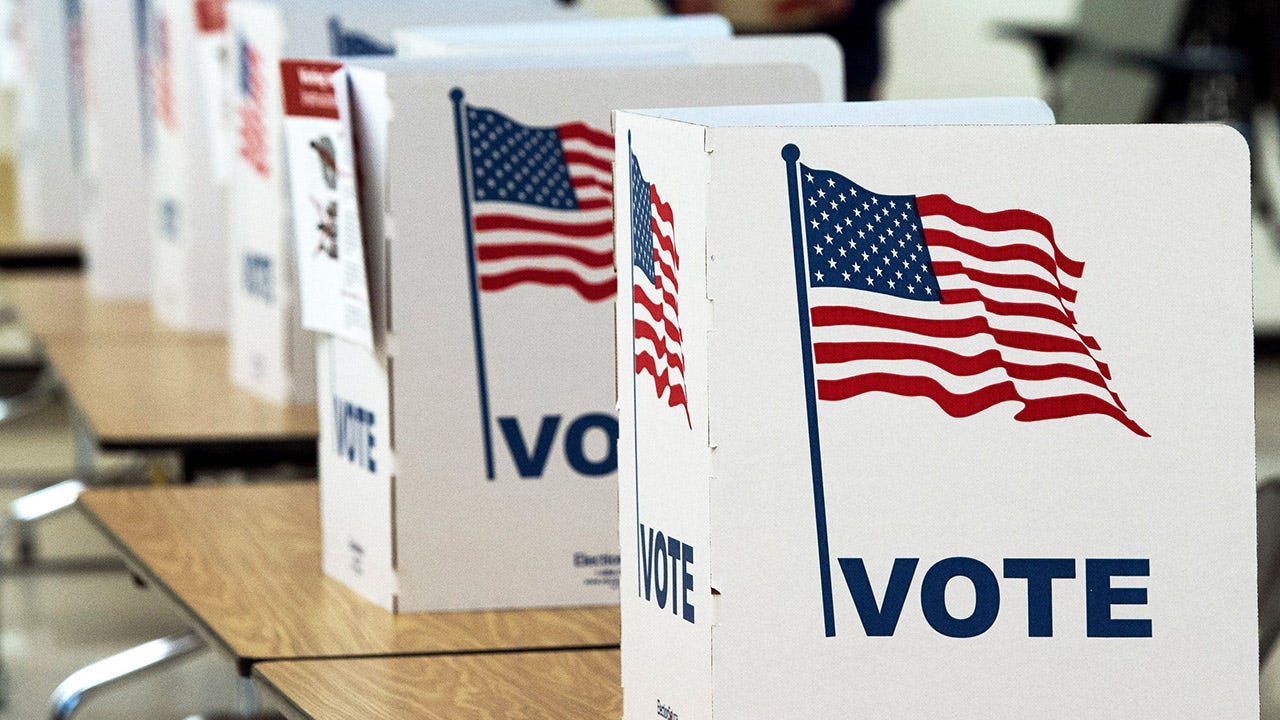Wisconsin
Legislator-led committee to study sandhill crane management, including potential hunting season
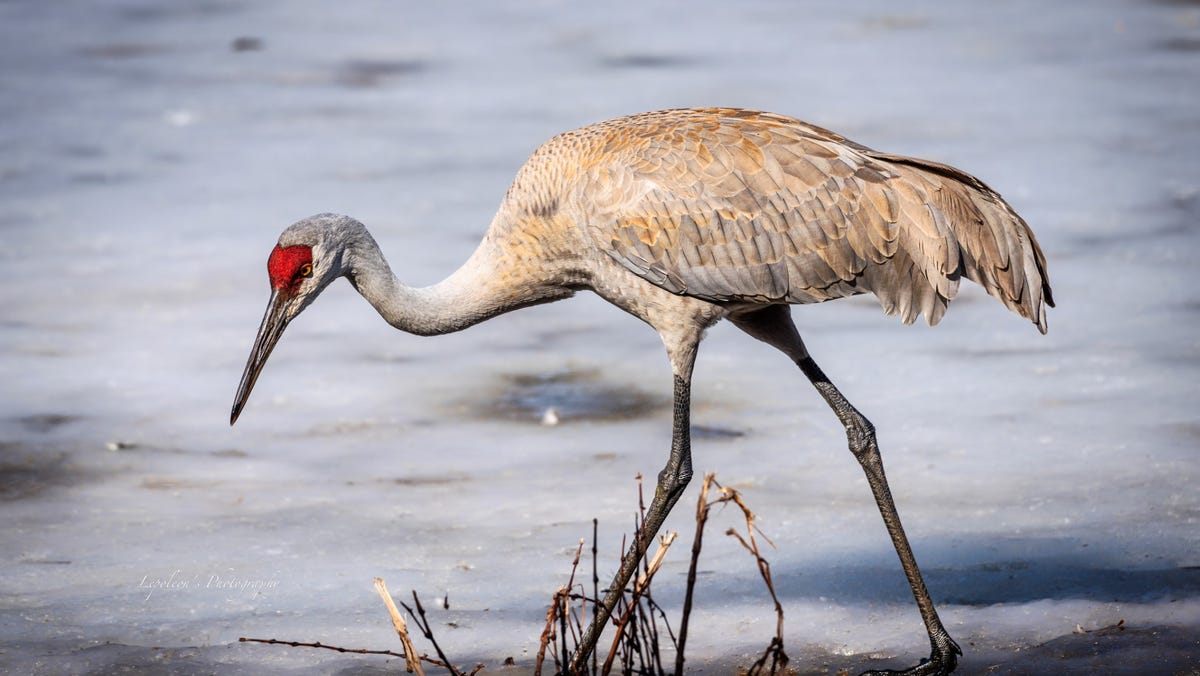
Whooping cranes are making a stable but delicate comeback
Whooping cranes, once on the brink of extinction, are making a stable but delicate comeback, including the eastern flock in Wisconsin.
State legislators this summer will lead a committee to review and recommend options for sandhill crane management in Wisconsin, possibly to include a hunting season for the species.
The Legislative Council Study Committee on Sandhill Cranes is slated to begin meeting in July, said committee chair Rep. Paul Tittl (R-Manitowoc).
The group “shall examine population trends and determine whether any changes to state law would effectively address the incidence and consequences of crop damage caused by sandhill cranes in this state,” according to the committee description.
Its charge includes recommending “legislation to manage the population of sandhill cranes and address the agricultural impact of sandhill cranes.”
As part of its review of policy options, the committee may consider whether the Department of Natural Resources should seek federal approval to establish a hunting season for sandhill cranes.
But Tittl said it would be a “deep dive” and also consider non-hunting options to provide funding to farmers suffering crop losses from cranes.
In addition to Tittl, the sandhill crane study committee will include vice chair Sen. Romaine Quinn (R-Cameron), Rep. Dave Considine (D-Baraboo), Sen. Mark Spreitzer (D-Beloit) and likely eight public members, mostly representatives of conservation, wildlife and farming groups.
Tittl said he reviewed applications and recommended eight public members on May 21; the applications were passed along for review and likely approval by the Republican-led Wisconsin Joint Legislative Council.
The sandhill crane committee is one of five Legislative Council Study Committees scheduled for this summer. A handful of such committees, selected by the Joint Legislative Council, are held in even-numbered years.
Sandhill cranes have increased substantially in number in Wisconsin in recent decades. In autumn 2022 61,098 sandhills were counted in Wisconsin, part of 107,140 birds in the eastern population of the species, according to the U.S. Fish and Wildlife Service.
The eastern population count was conducted in 10 states and two provinces of Canada. Wisconsin forms the core of the eastern population’s breeding range and typically has the largest number of cranes of any state or province in the region.
In recent years cranes have caused about $1 million annually in crop damage in Wisconsin, according to the U.S. Department of Agriculture. Most occurs in spring on newly planted corn but potato and bean growers also report losses later in the year.
However the state currently has no program to compensate farmers for losses due to sandhill cranes.
The sandhill crane is currently protected in the state. In addition to approval from the U.S. Fish and Wildlife Service, a hunting season would require the Legislature to pass and governor to sign a bill allowing a sandhill crane hunt in Wisconsin.
Under current laws, farmers who incur crop damage can shoot sandhills on their property after obtaining a federal permit but cannot eat or otherwise utilize the carcasses. About 1,000 cranes are killed on federal depredation permits each year in Wisconsin, according the USDA.
If state law were changed to allow a sandhill crane hunting season, farmers would be eligible for compensation for crane-caused crop damage.
Three states in the Mississippi Flyway hold sandhill crane hunting seasons during fall or winter: Alabama, Kentucky and Tennessee. In the 2021-22 hunting season, the states reported a harvest of 835 sandhills, according to the USFWS.
However the Wisconsin Legislature has failed to advance two bills that sought to allow a sandhill hunt, one in 2011 and the other introduced by Tittl in 2021. The lack of support for the bills is notable as they where authored by Republicans in Republican-controlled Legislatures.
A study conducted in December by the University of Wisconsin Survey Center found 17% of state residents would support a sandhill crane hunting season while 48% oppose the idea.
The work, funded by the International Crane Foundation in Baraboo and the UW-Madison Nelson Institute for Environmental Studies, was the first controlled, science-based look at public support for crane hunting in the state. It polled 2,769 members of the UWSC’s WisconSays survey panel.
The panel is chosen to match Wisconsin’s population in terms of economic status, education, race, gender, political leanings, party affiliation, place of residence and other factors. It was launched in 2023 and has panelists in all 72 Wisconsin counties.
A statewide advisory question at the 2017 Wisconsin Conservation Congress spring hearings, an open process and not a controlled study, showed narrow support (2,349 voting yes and 2,049 no) for a sandhill hunt. The Wisconsin Waterfowl Association and Wisconsin Wildlife Federation are on record as supporting a crane hunt.
The Wisconsin Corn Growers Association, Wisconsin Farm Bureau Federation and Wisconsin Potato and Vegetable Growers Association were also registered in favor of the 2021 sandhill crane hunting bill.
Animal Wellness Action and the Wisconsin chapter of Sierra Club were registered against the proposal.
It’s unclear whether political support among legislators has changed over the last couple years with regard to a potential crane hunting season.
Other items the committee will likely review: Would a limited fall hunting season reduce sandhill-caused crop damage? How much funding would a hunting season raise to support farmers? How much might be raised to support farmers from other potential funding sources?
Dave Scott, a U.S. Fish and Wildlife Service representative, said based on recent population levels Wisconsin could offer a maximum of about 5,100 sandhill crane hunting permits, but would likely offer fewer if an experimental season were held.
Hunting would be by special permit and the season could run for a maximum of 60 days between Sept. 1 and Jan. 31. Further, any sandhill hunting proposal would have to address concerns for whooping cranes and be designed to try to limit or avoid conflicts with the endangered birds.
Tittl, a hunter and representative of a district with a substantial number of agricultural producers, said he’d been following issues related to cranes for at least 10 years and sought out the opportunity to chair the sandhill study committee.
“I’ve been hearing from farmers in my area who are suffering crop damage,” Tittl said. “And right now we’ve got no program to help them.”
Tittl said the study committee would allow a comprehensive look at all aspects of the sandhill crane population and potential management tactics, including non-lethal means such as Avipel treatment of corn kernels and potential funding sources not related to a hunting season.
The committee will be staffed by attorneys or analysts and an administrative assistant from the non-partisan Legislative Council staff.
Tittl said he expects the committee to be “very balanced.”
“I didn’t select the public members so it would be a slam dunk,” Tittl said. “If we come to the end of this and a hunt doesn’t seem right or necessary or the way to go, I’m OK with that. I’m a hunter but I’m not going into this with any pre-determined outcome. I want us to come up with the best possible solutions.”
Public members not only participate in meetings and provide their perspective on the issues but also vote on the proposals intended to resolve the issues. As such the views of public members can determine committee recommendations.
Public members are not paid for their participation on the study committees but are entitled to receive reimbursement for certain travel expenses, including mileage, parking, meals, and overnight stays, if necessary.
Because the selections weren’t finalized during the interview, Tittl didn’t release names of prospective public members.
He said the committee is likely to meet four times, with the first in July, and to have its recommendations finalized by early November.
Tittl said he hoped the first committee meeting would be a field trip to Horicon Marsh.
Smith: Back from the brink, whooping cranes inspire awe but still need help

Wisconsin
QTS plans to propose multibillion-dollar data center campus in Dane County

DANE COUNTY, Wis. — QTS Data Centers said Thursday it has plans to build a multibillion-dollar data center campus in Dane County.
QTS said it plans to submit a zoning application to the DeForest Village Board in November. If the application is approved, QTS said the data center campus would create thousands of construction jobs as well as hundreds of full-time positions. QTS also noted the center would “generate millions of dollars in tax revenue” and increase renewable energy.
Recently, multiple data center proposals throughout the state have been met with opposition from neighborhoods and community members, as well as environmental groups.
QTS noted that it prioritizes energy and sustainability and promised, if approved, it would pay for all of the project energy infrastructure. It said existing customers would not be impacted by the cost.
QTS said it would preserve 40 acres of wetland habitat, noting an effort to “support wildlife and community recreation.”
Additionally, QTS pledged to meet LEED standards, host EV charging stations and pursue Energy Star certification.
QTS also said it would do the following in relation to its proposed data center:
“Enable new renewable energy resources across Wisconsin and lower costs for customers. QTS has announced an agreement in principle to enable renewable energy resources across Wisconsin, lowering the cost for Alliant Energy’s planned renewable facilities. This proposed agreement will be facilitated by the sale of Renewable Energy Credits (RECs) from approximately 750 megawatts of new renewable energy sources, which will help meet the growing energy needs of Wisconsin and support sustainable growth across the state, all while providing long-term benefits for Alliant Energy customers…
“Leverage QTS’s industry-leading, water-free cooling technology that does not consume water for cooling and will not impact water supply in Dane County or the Yahara Watershed. QTS water-free cooling technology saved nearly 1.5 billion gallons of water in 2024 across other sites to efficiently cool customer environments.”
In addition to its environmental impacts, QTS also promised to support the local community it wants to join.
QTS said it would make “an initial $50 million community commitment” within the county, with direct investments going to DeForest and Vienna.
QTS said that $50 million would “support local initiatives that strengthen education, workforce development, housing and other critical needs across Dane County.”
QTS also promised to fund scholarships and develop workforce partnerships with Madison Area Technical College. It would also plan to establish a research partnership with the University of Wisconsin-Madison.
QTS said that if it does come to Dane County, it would want to work with Wisconsin Technology Council, specifically “contributing toward the Wisconsin Frontier Technology Platform — an initiative designed to accelerate the state’s tech ecosystem.”
QTS said it would also support local nonprofits and first responders.
“For more than two decades, we’ve built lasting partnerships with the communities where we live, work and raise our families. We’re proud of these relationships guided by our core values at heart: to love each other, serve communities and connect the world,” Tag Greason and David Robey, co-CEOs of QTS, said in a statement. “Together, we’ll continue to listen, support and grow with the people of Wisconsin as trusted neighbors in a shared future. As digital infrastructure becomes essential to every industry — and a pillar of our national security — we’re excited about the opportunity to be a part of the Dane County community.”
Wisconsin
Wisconsin Lottery Powerball, Pick 3 results for Oct. 29, 2025
Manuel Franco claims his $768 million Powerball jackpot
Manuel Franco, 24, of West Allis was revealed Tuesday as the winner of the $768.4 million Powerball jackpot.
Mark Hoffman, Milwaukee Journal Sentinel
The Wisconsin Lottery offers multiple draw games for those aiming to win big. Here’s a look at Oct. 29, 2025, results for each game:
Winning Powerball numbers from Oct. 29 drawing
04-24-49-60-65, Powerball: 01, Power Play: 2
Check Powerball payouts and previous drawings here.
Winning Pick 3 numbers from Oct. 29 drawing
Midday: 9-3-5
Evening: 4-4-2
Check Pick 3 payouts and previous drawings here.
Winning Pick 4 numbers from Oct. 29 drawing
Midday: 5-2-6-4
Evening: 9-4-1-5
Check Pick 4 payouts and previous drawings here.
Winning All or Nothing numbers from Oct. 29 drawing
Midday: 02-05-06-07-11-12-14-16-19-21-22
Evening: 01-02-03-04-05-06-08-09-12-17-20
Check All or Nothing payouts and previous drawings here.
Winning Badger 5 numbers from Oct. 29 drawing
01-06-16-26-31
Check Badger 5 payouts and previous drawings here.
Winning SuperCash numbers from Oct. 29 drawing
01-20-24-26-28-35, Doubler: N
Check SuperCash payouts and previous drawings here.
Winning Megabucks numbers from Oct. 29 drawing
08-10-20-30-47-49
Check Megabucks payouts and previous drawings here.
Feeling lucky? Explore the latest lottery news & results
Are you a winner? Here’s how to claim your lottery prize
- Prizes up to $599: Can be claimed at any Wisconsin Lottery retailer.
- Prizes from $600 to $199,999: Can be claimed in person at a Lottery Office. By mail, send the signed ticket and a completed claim form available on the Wisconsin Lottery claim page to: Prizes, PO Box 777 Madison, WI 53774.
- Prizes of $200,000 or more: Must be claimed in person at the Madison Lottery office. Call the Lottery office prior to your visit: 608-261-4916.
Can Wisconsin lottery winners remain anonymous?
No, according to the Wisconsin Lottery. Due to the state’s open records laws, the lottery must, upon request, release the name and city of the winner. Other information about the winner is released only with the winner’s consent.
When are the Wisconsin Lottery drawings held?
- Powerball: 9:59 p.m. CT on Monday, Wednesday, and Saturday.
- Mega Millions: 10:00 p.m. CT on Tuesday and Friday.
- Super Cash: 9:00 p.m. CT daily.
- Pick 3 (Day): 1:30 p.m. CT daily.
- Pick 3 (Evening): 9:00 p.m. CT daily.
- Pick 4 (Day): 1:30 p.m. CT daily.
- Pick 4 (Evening): 9:00 p.m. CT daily.
- All or Nothing (Day): 1:30 p.m. CT daily.
- All or Nothing (Evening): 9 p.m. CT daily.
- Megabucks: 9:00 p.m. CT on Wednesday and Saturday.
- Badger 5: 9:00 p.m. CT daily.
That lucky feeling: Peek at the past week’s winning numbers.
Feeling lucky? WI man wins $768 million Powerball jackpot **
WI Lottery history: Top 10 Powerball and Mega Million jackpots
This results page was generated automatically using information from TinBu and a template written and reviewed by a Wisconsin editor. You can send feedback using this form.
Wisconsin
Badgers football losses go beyond field and into Wisconsin’s economy, UW report says
Ripple effects could be felt in other UW athletic programs
The 2025 Badger football season is one fans already want to forget − but the negative economic impact could be felt well beyond the final game on Nov. 29.
If the team’s poor performance continues, it could reduce the program’s profit by $20 million annually, according to a new report from the Center for Research on the Wisconsin Economy, housed at University of Wisconsin-Madison
The ripple effects can be felt in other university athletic programs subsidized by the football program, and could impact student applications to the university, alumni donations, and research output, according to the report − titled “The Economic Impact of Badger Football’s Declining Performance.”
Beyond the financial blow to the campus, the report estimates the city of Madison could could lose up to $160 million, and the state could lose up to $280 million “stemming from reduced attendance, game day spending, tourism and reputational value.”
The UW Athletic Department disputes the findings of the report.
“Wisconsin Athletics respects the work and research of our world-renowned academic partners, along with their passion for the sports that represent our institution,” a department statement said.
“Although we do not believe that this study portrays a complete and accurate representation of the economic factors around the football program, we all share a common interest in its successful future.
“We welcome the opportunity to collaborate with the Center for Research on the Wisconsin Economy on any future works on this topic,” according to the statement.
Badger football is profitable
In 2023, the football team had revenue of $106. 7 million and expenses of $42.3 million, with the program earning more than $64 million, according to the U.S. Department of Education’s Equity in Athletics Data Analysis cited in the report.
In 2024, Badger football had $107.4 million in revenue according to its NCAA membership filing, and had expenses of $49.6 million − posting a profit of $57.8 million. The Badgers men’s basketball program earned a $7.3 million profit that year.
If the winning percentage falls from nearly 80%, as it was during the 2017 to 2019 seasons, to 50%, that could mean “Badger Football’s annual profit could drop by about $20 million,” the report reads.
The team this season so far has a 2-6 record with four games remaining in November.
Is it Luke Fickell’s fault?
Short answer: not in the beginning.
The report says the program’s profit didn’t decline during 2022 and 2023 despite the 14-12 regular season record. That was during Luke Fickell’s first two seasons as head coach.
“This is probably because there was a lot of excitement” about Fickell’s hiring, the report states.
Fans recently have been chanting “fire Fickell” at home games. Wisconsin Athletic Director Chris McIntosh addressed fans concerns in an Oct. 20 letter.
It said the football season has “fallen well short of our standards” and added the department is committed “to elevating the investment into our football program to position us to compete at the highest level.”
Financial impact is already being felt
This year the program is on pace to have the lowest attendance in more than 30 years with a 51,980 average scanned attendance during the first four home games. That’s according to data obtained via an open records request and analyzed by the Milwaukee Journal Sentinel.
But fans have been signaling their disappointment before this season.
According to the research center report, “Badgers sold 38,082 season tickets for general seating areas in 2025, down from 42,197 in 2024 and 41,206 in 2023.”
Football helps subsidize other programs, generates donations
The Athletic Department’s total profit was less than $11 million in 2023, including the football program’s $64 million profit.
“This suggests that the department’s other programs and operations are subsidized heavily by the football team,” the report states.
The report cites research that shows “when a male graduate former team wins its conference championship, his donations for general purposes increase by about 7% and his donations to the athletic program increase by about the same percentage.
“Moreover, if a male alumnus’s team won its conference championship during his senior year, his subsequent giving to the athletic program is about 8% a year higher.”
The Badgers last won the Big Ten football title in 2012.
“If the poor performance continues, its impact on alumni donations and engagement is likely to diminish,” the report reads.
Local economic impact of athletic program
College sports programs affect communities and states as fans go to games, restaurants, and bars, buy merchandise, and pay for hotel rooms.
The report compared the UW athletic program’s impact on Madison and Wisconsin with the University of MinnesotaTwin Cities program on Minneapolis area and Minnesota. Both football teams had similar performances in 2022 and 2023.
It showed the Badgers’ impact on Madison contributed to 3,360 jobs and $462 million of economic output.
The Gophers’ impact on the Twin Cities contributed to 1,152 jobs and $298 million of economic output.
Statewide, the Badger athletic program contributed to 5,640 jobs and $757 million of economic impact in Wisconsin. In Minnesota, the Gophers contributed to $474 million of economic impact.
The report says the Twin Cities population is larger than Madison’s population − making the latter “likely more sensitive to Badger Football’s performance.”
NIL and program investment
UW can revitalize the program by investing in facilities, recruiting budgets, NIL (name, image and likeness) deals for athletes, and competitive compensation for players and coaches, the report said.
The report estimates the Badgers NIL collective funding in 2023 and 2024 was $8.9 million. The highest spent in the conference was Ohio State at $20.2 million, it said.
NIL deals aren’t public information and the estimate is based on methodology from nil-ncaa.com/big10. .
Spending more money on the football program “could help reverse the team’s declining performance,” the report said.
“Enhanced facilities can attract top transfers and recruits, while better coaching and talent ensure the return on these assets are maximized,” it said. “Strategic, dual-focused investments are essential to rebuild competitiveness and mitigate the economic risks estimated above.”
Milwaukee Journal Sentinel reporter John Steppe contributed to this report.
-

 New York1 week ago
New York1 week agoVideo: How Mamdani Has Evolved in the Mayoral Race
-

 News1 week ago
News1 week agoVideo: Federal Agents Detain Man During New York City Raid
-

 News1 week ago
News1 week agoVideo: Driver Crashes Car Into Security Gate Near White House
-

 News1 week ago
News1 week agoVideo: Inside Our Reporter’s Collection of Guantánamo Portraits
-
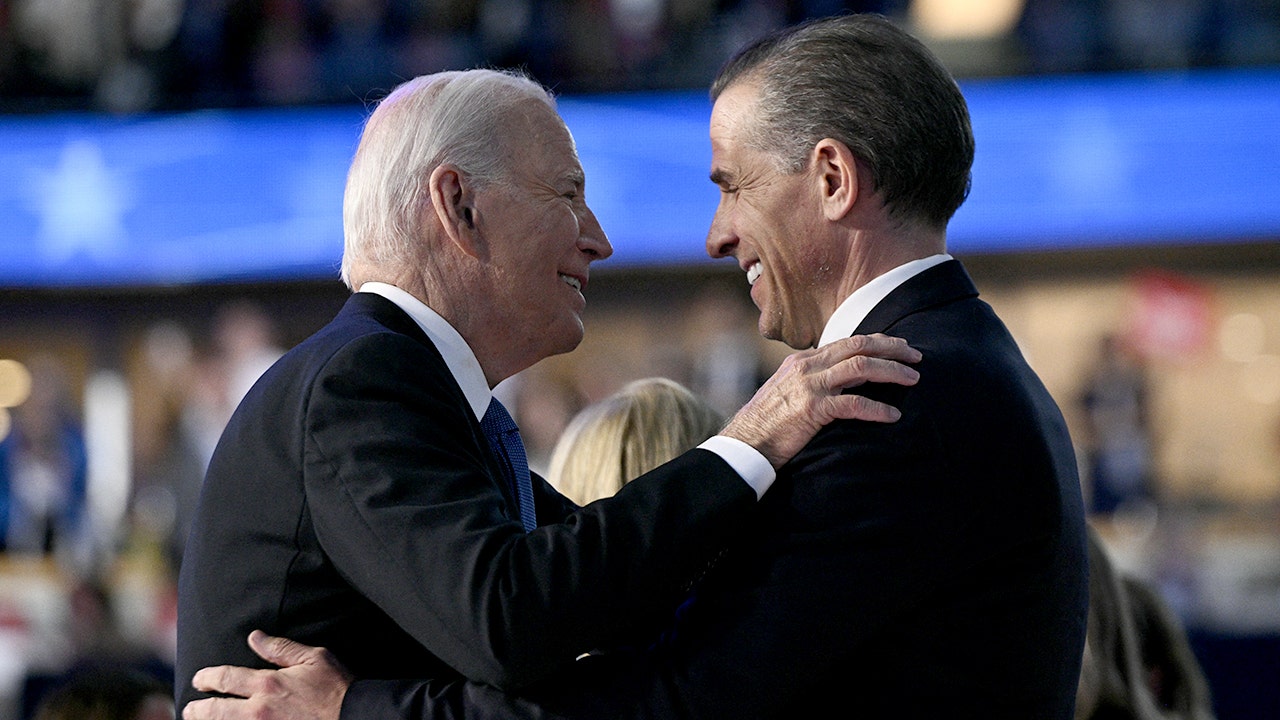
 Politics1 week ago
Politics1 week agoHunter Biden breaks silence on pardon from dad Joe: ‘I realize how privileged I am’
-

 World1 week ago
World1 week agoTrump to host NATO chief at White House as Putin meeting collapses
-

 Politics1 week ago
Politics1 week agoJack Smith defends subpoenaing Republican senators’ phone records: ‘Entirely proper’
-
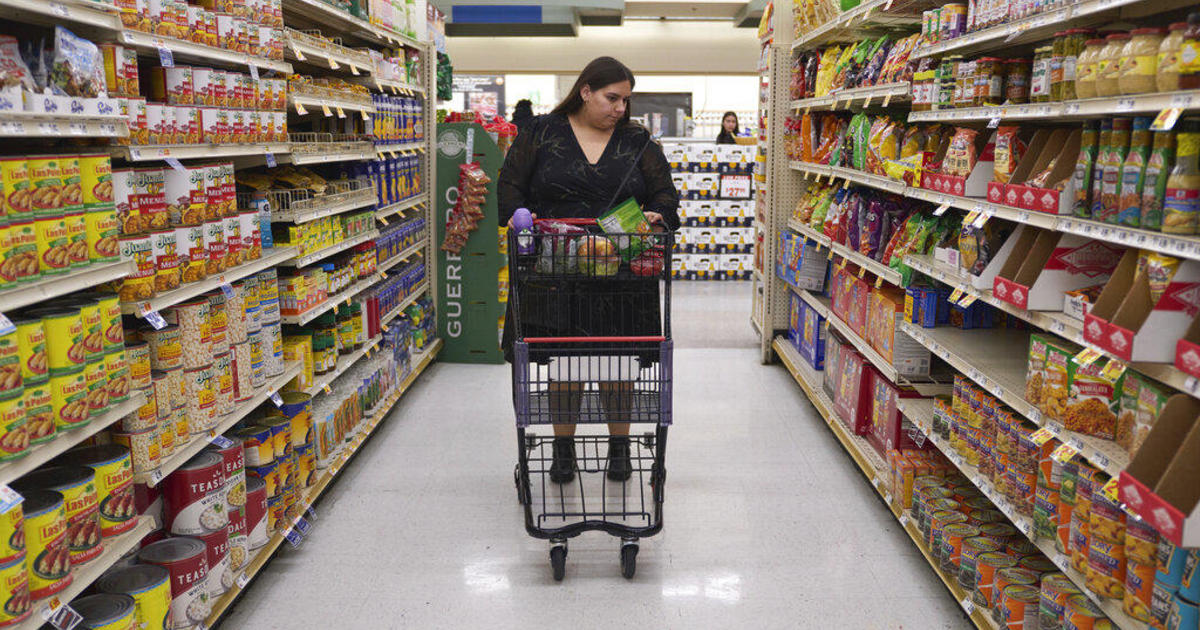
 News3 days ago
News3 days agoWith food stamps set to dry up Nov. 1, SNAP recipients say they fear what’s next



